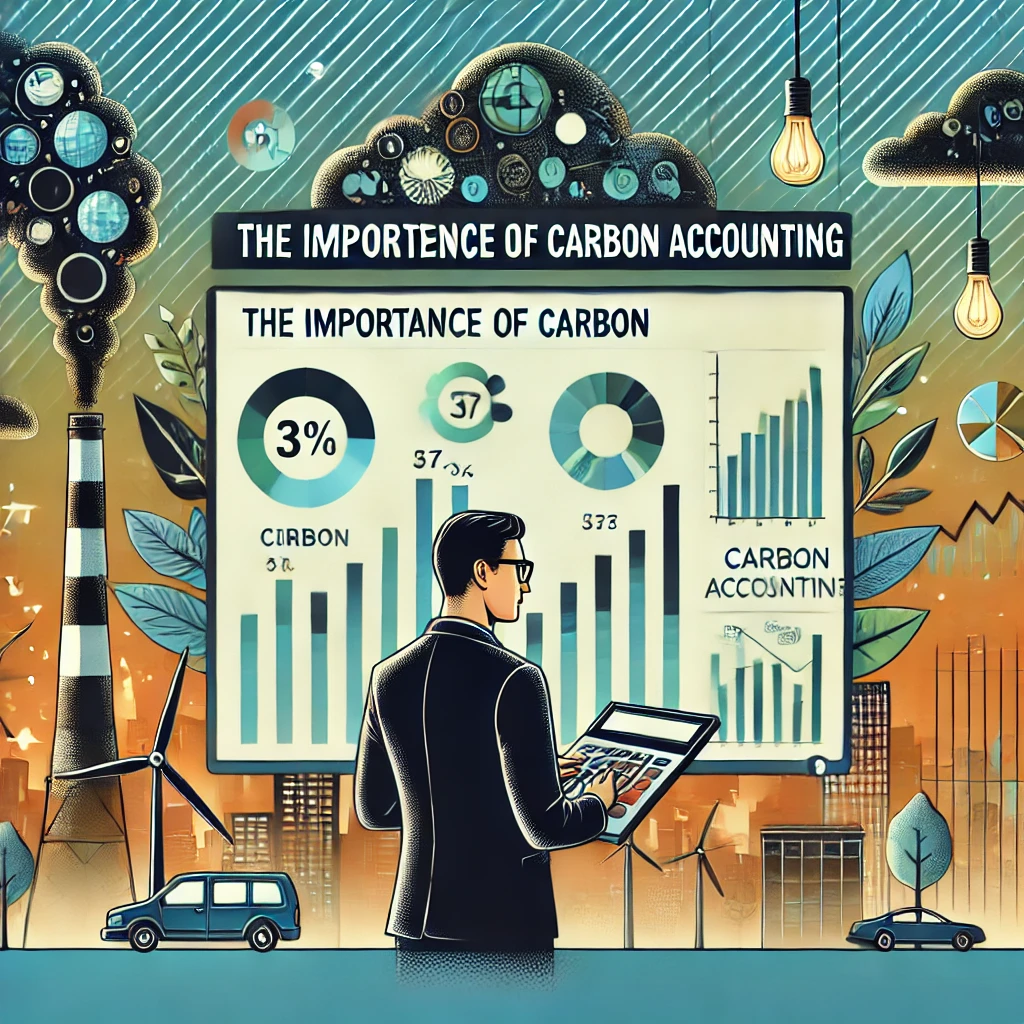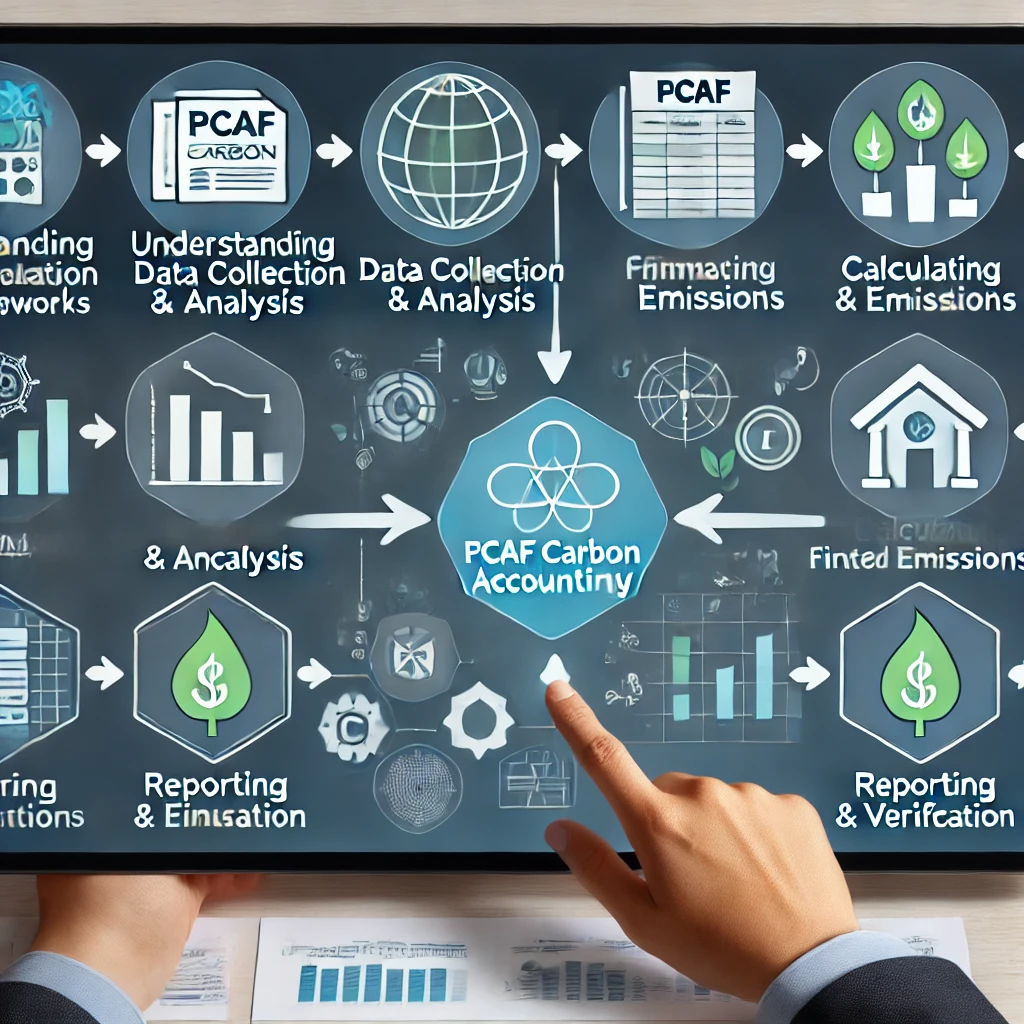Product Managers: Master Carbon Accounting with These Proven Engagement Strategies
Let’s face it – trying to launch products in 2025 without thinking about sustainability is like releasing a smartphone without internet connectivity. Just doesn’t make sense anymore, right? As a product manager, you’ve got a unique opportunity to make sustainability more than just a buzzword. Let’s talk about how.

Why Carbon Accounting Matters for Product Managers
Think of carbon accounting like a fitness tracker for your product’s environmental impact. It helps you measure and reduce your carbon footprint – and trust me, this matters more than ever. Here’s why you should care:
- Regulations are getting stricter by the day
- Customers actually care about this stuff now
- Investors are looking for companies that get it right
- Your competitors are probably already doing it
Making It Work in Your Role
As a PM, you’re perfectly positioned to make sustainability happen. You already bridge the gap between teams – now you’re just adding carbon accounting to the mix. Here’s how to nail it:
Set Real Goals That Matter
Don’t just throw random numbers around. Pick targets that make sense for your product and company. Maybe it’s cutting production emissions by 20% in two years, or switching to recycled materials for packaging. Whatever it is, make it specific and measurable.
Build It Into Your Roadmap
Sustainability isn’t a nice-to-have feature anymore – it needs to be baked into your product from day one. Treat it like any other core requirement. When you’re planning sprints or releases, make carbon impact part of the conversation.
Use the Right Tools
Good news – you don’t have to track everything in spreadsheets anymore. Tools like Watershed and Sphera can help you measure carbon impact in real time. Use them to make data-driven decisions about your product.
Real Success Stories
Tesla: Making Green Profitable
Tesla didn’t just build electric cars – they turned carbon credits into a goldmine. They’ve made billions selling credits to other automakers, proving that sustainability can be a serious revenue stream.
Patagonia: Walking the Talk
Patagonia builds carbon accounting into everything they make. They use recycled materials, track their supply chain impact, and they’re totally transparent about it. Customers love them for it, and their business is booming.

Dealing with Common Headaches
Let’s be real – you’re going to hit some bumps:
- Getting accurate data can be tricky
- Old systems might fight new tracking tools
- Some stakeholders will drag their feet
- Teams might see it as extra work
The key? Start small, show wins early, and connect sustainability to business value. People get on board when they see results.
What’s Coming Next
The tools are getting better fast:
- AI is making tracking easier
- IoT sensors are improving data collection
- Blockchain is making carbon credits more transparent
Making It Happen
Ready to get started? Here’s your game plan:
- Figure out where your product’s biggest carbon impacts are
- Pick one or two areas where you can make measurable improvements
- Get the right tools in place to track progress
- Make sustainability part of your regular product metrics
Quick Q&A
How do I get my team on board? Show them how sustainability connects to what they already care about – efficiency, cost savings, and innovation.
Which metrics should I track first? Start with the basics – energy use in production, materials impact, and shipping emissions. Build from there.
How do I handle stakeholder pushback? Focus on business benefits first – cost savings, regulatory compliance, and market advantage. The environmental wins will follow.
Remember, you don’t have to tackle everything at once. Start where you can make the biggest impact, measure your results, and keep improving. That’s what product management is all about, right?
Ready to make sustainability part of your product strategy? Your future customers (and the planet) will thank you.









